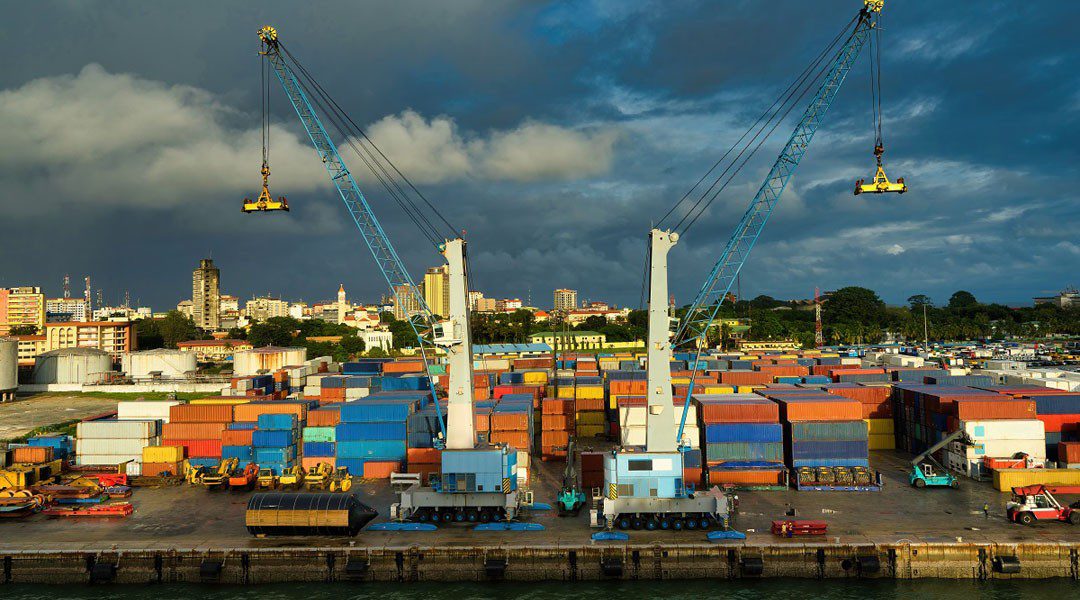An Evergreen 15,000 TEU container ship has successfully completed a trans-Pacific voyage equipped with the autonomous navigation system developed by Samsung Heavy Industries (SHI). This is one of the first large-scale demonstrations of this technology applied to a commercial vessel. The journey took place between August 25 and September 6, on the route connecting the port of Oakland, on the US West Coast, with that of Kaohsiung, in Taiwan, covering approximately 5,400 miles. During the crossing, the Samsung Autonomous Ship (SAS) system analyzed weather and route conditions every three hours, executing a total of 104 guidance maneuvers and 224 automatic rudder and engine control actions without crew intervention.
The SAS, developed in 2019, integrates data from radar, GPS, AIS, and cameras with artificial intelligence algorithms to generate “situational awareness” and automatically manage the ship’s propulsion and steering systems. Initially conceived as a tool to avoid collisions and groundings, it has evolved to incorporate speed and route optimization functions, which ensure compliance with scheduled timetables and reduce fuel consumption.
“This system has evolved from being an aid for autonomous navigation focused on safety to being able to maintain an economical speed and meet port call times independently,” said Lee Dong Yeon, vice president and head of the Ship and Offshore Research Institute at SHI. According to the company, these capabilities contribute to improving energy efficiency and reducing emissions, although specific savings figures have not been provided.
Samsung and Evergreen will continue joint research to improve the system’s accuracy and its impact on operational efficiency. These tests are part of the international Maritime Autonomous Surface Ships (MASS) projects, promoted by the IMO and already tested by other shipping companies such as NYK and MOL, in a context where automation is emerging as a key tool for the safety and decarbonization of maritime transport.





